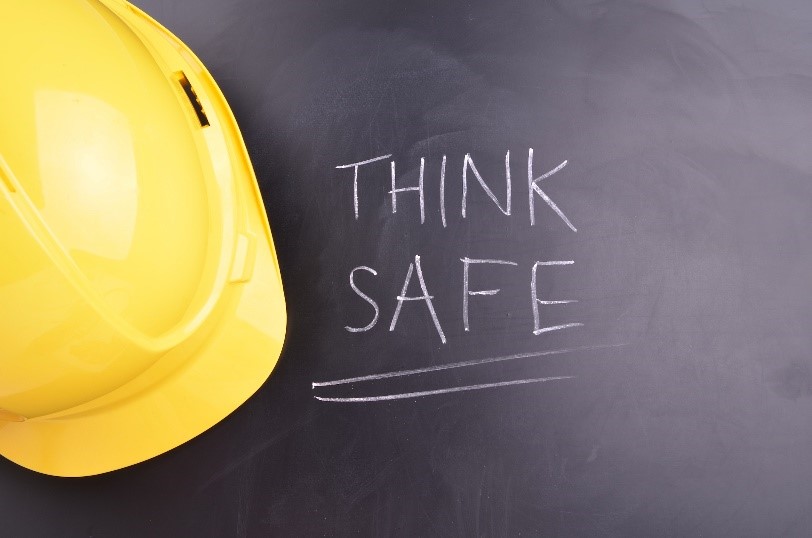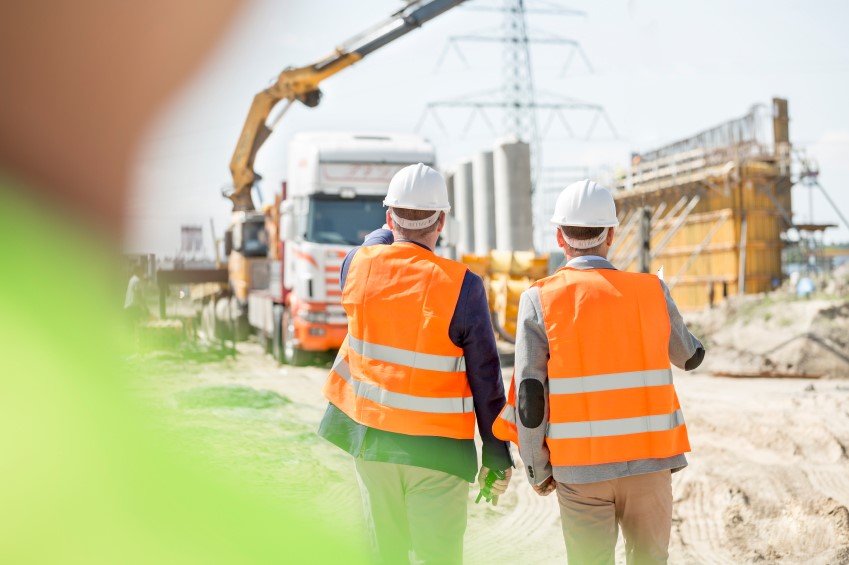A new report has been released which ranks the safest cities in the world in terms of digital safety, health security, personal security, urban crime and infrastructure security. The report from the Economist Intelligence Unit (EIU) gives a complete rundown of each category and gives a conclusive overall ranking of each city.
While there are many different factors which need to be taken into consideration in cities, such as size, population, wealth, and services such as healthcare, transport and infrastructure, the man-made risks are growing. With tragic events such as those in London, Paris and Barcelona, is it true that wealthy urban cities are becoming targets, and therefore being labelled unsafe?
Keep reading to find out how safe London and surrounding cities are compared to others around the world. What do you expect to see?

Overall Results
Since the last report was published in 2015, the world’s urban population has grown by an estimated 150m people, which makes the total number of people living in cities a whopping 4 billion.
While London comes in not in the top 10, it sits comfortably at position 20, with room for improvement. The top ten safest cities for 2017 (with the total out of 100) are:
1.Tokyo (89.80)
2. Singapore (89.64)
3. Osaka (88.87)
4. Toronto (87.36)
5. Melbourne (87.30)
6. Amsterdam (87.26)
7. Sydney (86.74)
8. Stockholm (86.72
9. Hong Kong (86.22)
10. Zurich (85.20)
The ten least safe cities are:
- Karachi (38.77)
2. Yangon (46.47)
3. Dhaka (47.37)
4. Jakarta (53.39)
5. Ho Chi Minh City (54.33)
6. Manila (54.86)
7. Caracas (55.22)
8. Quito (56.39)
9. Tehran (56.49)
10. Cairo (58.33)
Some of the key findings from the report include:
- 2015 saw Tokyo in Japan topping the leaderboard of overall safety, and 2017 is no different! Their strongest performing category was digital security, which isn’t a surprise – they are well known for being tech-savvy, and they have even risen seven points in the category of health security since 2015. However, for infrastructure security, they have dropped down out of the top ten, falling to the twelfth position!
- America seems to have a strong decline in their levels of infrastructure safety, as no US city has made it to the top ten, and San Francisco only just appeared in the top 20. The top ten within the category of infrastructure and building safety are all in Europe or Asia-Pacific, including cities such as Madrid and Singapore. Not a UK city in sight. However, America is performing well in digital security, which is a positive given the increased reliance of technology in the world.
- One of the most concerning factors governing the cities’ safety performance is the income and the economy. Most of the cities within the top ten are of high income or upper-middle-income status. However, this is not always the case, as two of the highest income cities in the Middle East (Jeddah and Riyadh) fall way below, way past the position 40 mark.

Infrastructure Safety
Infrastructure security is a big debate within the UK at the moment, especially with the tragic Grenfell Tower and the shock it brought to the world. Local authorities certainly came under scrutiny for failing to protect the residents of the low-income housing block. The fire devastation serves as a reminder that cities have a high responsibility to keep buildings safe and the infrastructure of the highest quality when building.
While financial resources may seem like an influential determinant in this category, the index actually reveals that some of the wealthiest cities are not even delivering the best infrastructure security. This is perhaps the truest within the US, where the government and all political parties have argued for some time over the need to increase investment behind the buildings and infrastructure.
The top ten cities which are the safest in terms of infrastructure are:
- Singapore (97.05)
- Madrid (96.76)
- Barcelona (96.59
- Stockholm (96.18)
- Wellington (96.13)
- Amsterdam (96.05)
- Hong Kong (96.04)
- Melbourne (96.04)
- Sydney (95.71)
- Zurich (95,71)
The ten cities scoring lowest for infrastructure security are:
- Dhaka (38.42)
- Karachi (40.11)
- Yangon (48.58)
- Quito (52.03)
- Manila (52.89)
- Johannesburg (55.06)
- Riyadh (56.88)
- Caracas (58.42)
- Delhi (58.49)
- Mumbai (59.12)
Even when sufficient funds are spent on the infrastructure, its resilience strongly depends on the quality of the operation and structure. Dan Lewis, Chief of the Urban Risk Reduction at UN Habitat, said “Any infrastructure functions directly as a consequence of who manages it. In some places the infrastructure is poor but governance, management and regulatory frameworks are good. In other cases, you have good infrastructure but limited management capacity”
The challenge of infrastructure is highlighted further within developing countries by the lack of planning, qualifications and skills. While the UK has around 38 planners per 100,000 citizens, other countries such as Nigeria have only 1.44.

You can view the full Safe Cities Index 2017 here.
Here at Boss Training, we are proud to be a part of the developing world and high-quality infrastructure. We are committed to providing a comprehensive range of online safety training courses, which allow all our clients to meet the appropriate requirements and high safety standards to protect staff and the process of building. You can view all our in person courses here, and our online health and safety courses here or alternatively get in touch with our team who will be happy to help.